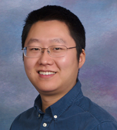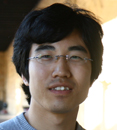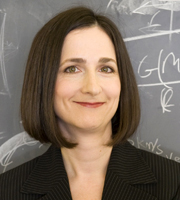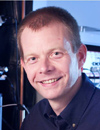Past Laureates of the Tel Aviv University International Prize in Physics
2018
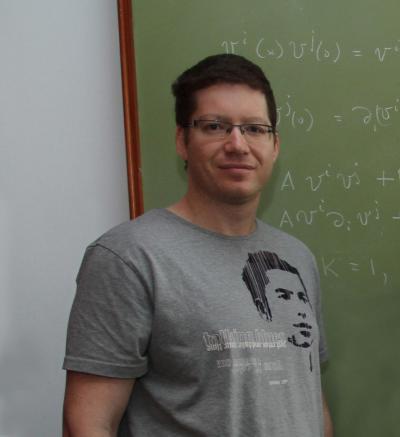
Professor Komargodski is awarded the prize for his broad and deep insights which have shed remarkable light on many aspects of QFT, including renormalization group flows, dualities and phase structure, conformal field theories, and effective field theories for broken supersymmetry and long strings.
|
|

Professor Vieira is awarded the prize for his innovative work bringing the power of integrability to bear on a variety of observables in N=4 supersymmetric Yang-Mills quantum field theory, including operator anomalous dimensions and correlation functions, Wilson loops and scattering amplitudes, as well as for developing a new S-matrix approach to constraining amplitudes in massive quantum field theories.
|
|
|
The coordinators of the 2018 Sackler Prize are: Professor Shimon Yankielowicz and Professor Marek Karliner, School of Physics, Tel Aviv University
|
2014
The 2014 Raymond and Beverly Sackler International Prize in Physics is awarded for Topological Phases in Condensed Matter.
Tel Aviv University is proud to announce that the 2014 prize laureates are:
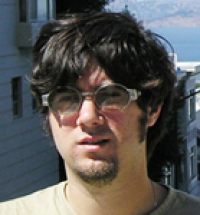
Prof. B. Andrei Bernevig
Department of Physics, Princeton University
322 Jadwin Hall,
Princeton, NJ 08648, USA
Department of Physics
Massachusetts Institute of Technology
77 Massachusetts Avenue, Bldg. 6C-305
Cambridge, MA 02139-4307, USA
Department of Physics, Stanford University
312 McCullough Bldg., 476 Lomita Mall,
Stanford, CA 94305-4045, USA
The prize money of the Raymond and Beverly Sackler International Prize in Physics of $100,000 will be shared equally among the three distinguished recipients, and will be awarded to the recipients in person on April 9, 2014.
2012
The 2012 Raymond and Beverly Sackler International Prize in Physics was awarded for observational or theoretical achievements in the study of extra-solar planets.
Tel Aviv University is proud to announce that the 2012 prize laureates are:
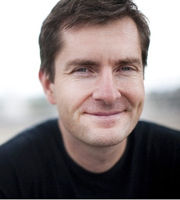
Department of Astronomy
60 Garden St.
Cambridge, MA 02138, USA
For his breakthrough discoveries, including the first detections of transiting extra-solar planets and spectroscopic observations of their atmospheres.
Department of Earth Atmospheric and Planetary Science
Massachusetts Institute of Technology
77 Massachusetts Avenue, Bldg. 54-1718
Cambridge, MA 02139, USA
2010
Research field: Nano-Photonics and Nano-Plasmonics
For outstanding experimental and theoretical research in nano-plasmonics and nano-photonics; in particular on the emission of light from nano-structures that support propagating surface plasmons.

Co-Director, Centre for Plasmonics & Metamaterials, Experimental Solid State Group, Physics Department
Imperial College London, Prince Consort Road, London SW7 2AZ, England
For outstanding theoretical and experimental research in nano-plasmonics and nano-photonics; in particular on the propagation of surface plasmons-polaritons along a chain of metallic nano-particles.
2008
Research field: Physics Beyond the Standard Model in the LHC Era
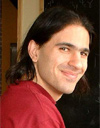
School of Natural Sciences, Institute for Advanced Study, Princeton, New Jersey, USA
For his novel, deep and highly influential contributions to new paradigms for physics beyond the Standard Model at the TeV energy scale, especially the ideas of large extra dimensions and of the large hierarchy of strengths of fundamental forces in Nature, including gravity; supersymmetry model-building; theories of flavor and of neutrino masses; and models of the cosmological constant.
2006
Research field: Theoretical or Experimental Nuclear/Hadron Physics
Professor Thomas Glasmacher, Michigan State University
Professor Yuri V. Kovchegov, Ohio State University
2004
Research field: Observational or Theoretical Astronomy and Astrophysics
Professor Andrea M. Ghez, University of California, Los Angeles
Professor Adam G. Riess, The Johns Hopkins University
2002
Research field: Physics of Engineered Materials
Professor Dr. Leo P. Kouwenhoven, Delft University of Technology, The Netherlands
Professor Dr. Ullrich Steiner, University of Cambridge, United Kingdom
2000
Research field: Theoretical High Energy Physics
Professor Michael R. Douglas, Rutgers State University
Professor Juan Martin Maldacena, Institute of Advanced Study, Princeton


